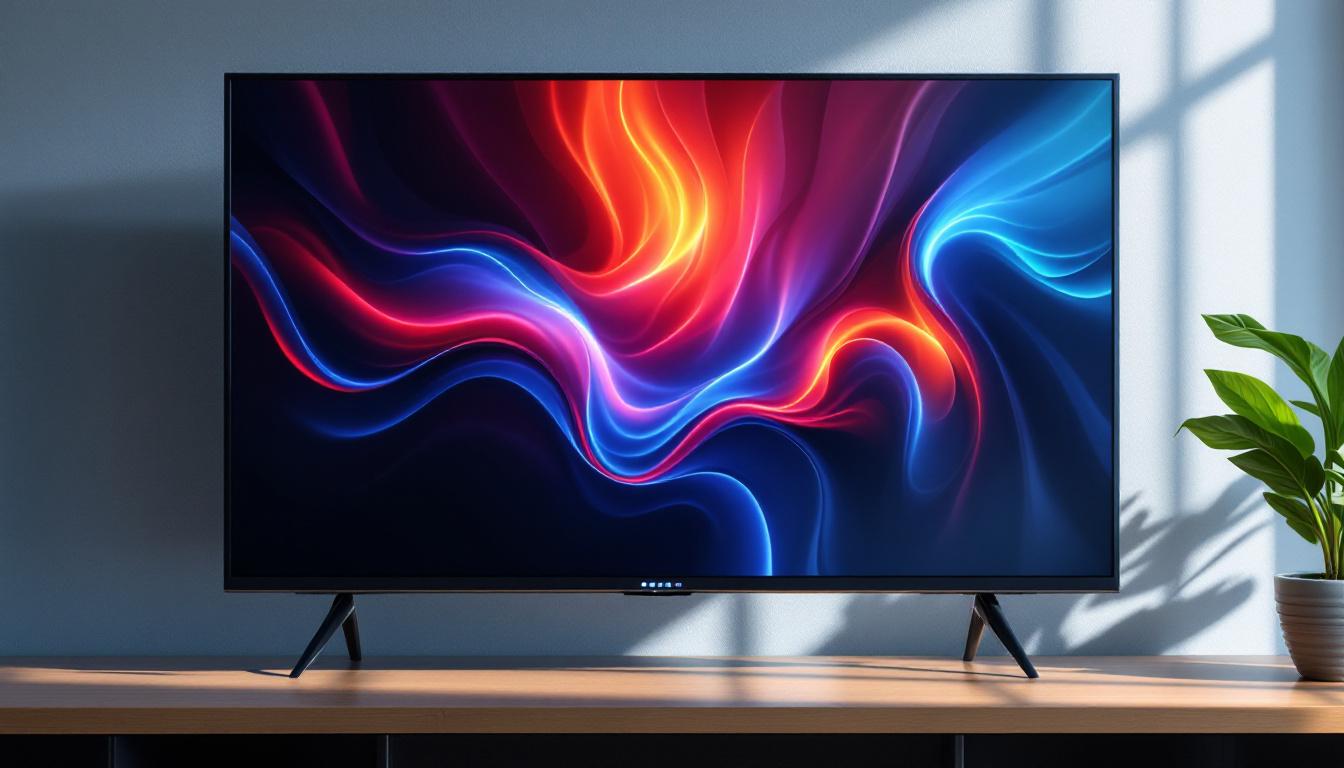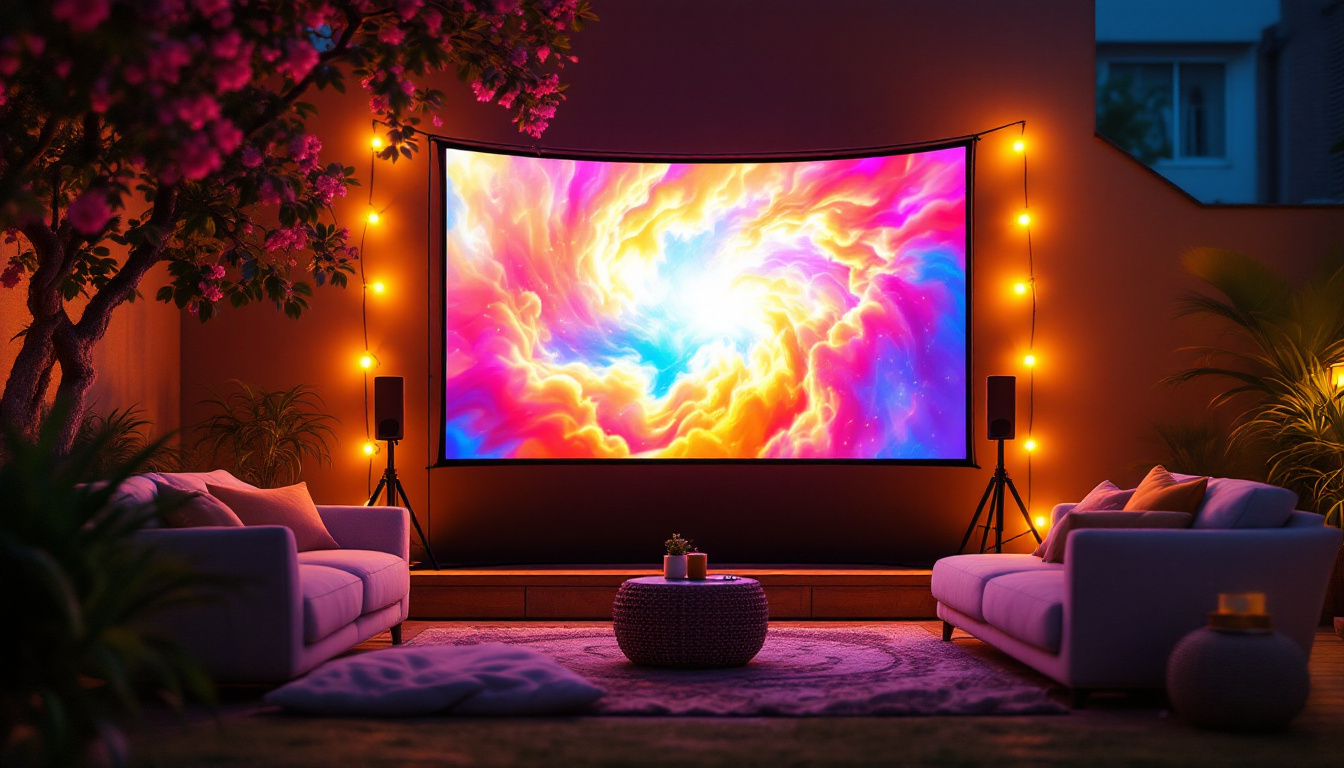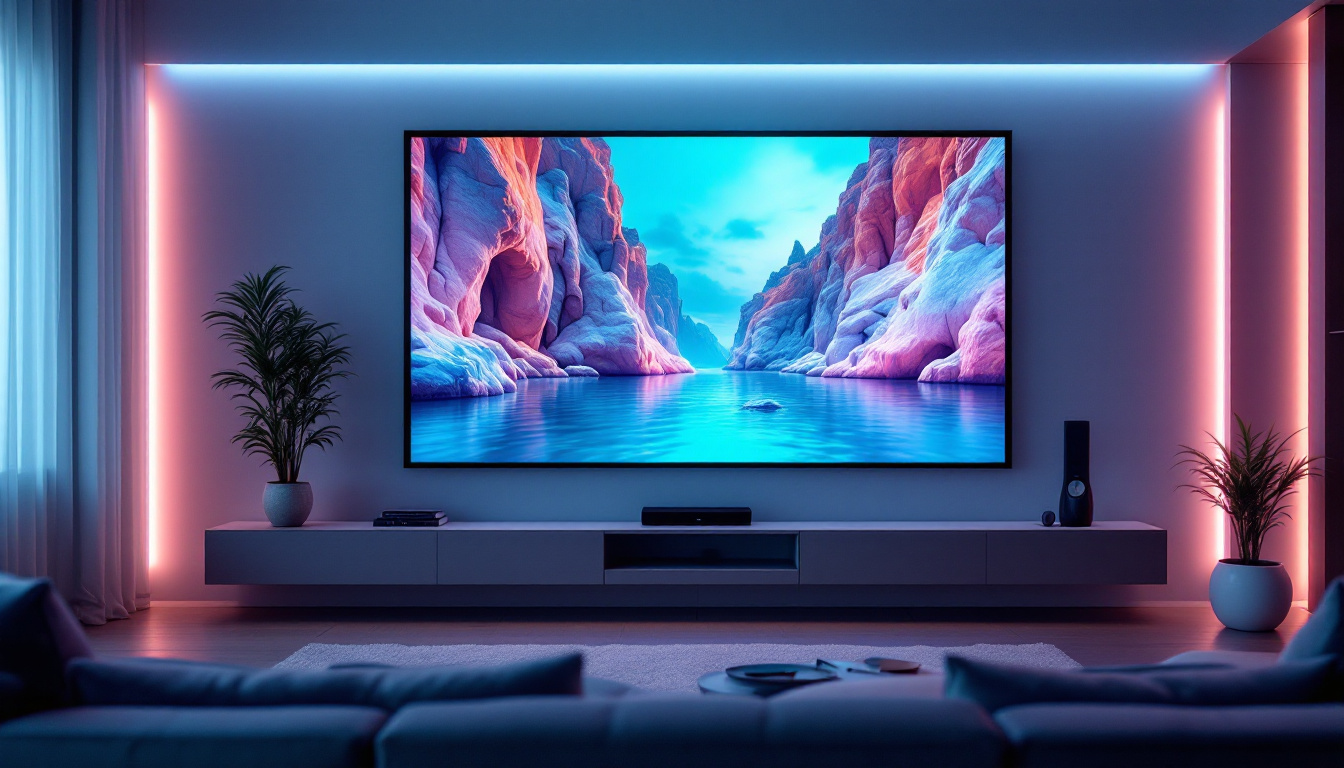Are Plasma TVs Still Made: LED Display Explained
In the world of television technology, few debates have been as passionate as the one between plasma and LED displays. For years, plasma TVs were celebrated for their deep blacks and vibrant colors, while LED TVs gained popularity for their slim profiles and energy efficiency. However, with rapid advancements in display technology, the market landscape has shifted dramatically. This article explores whether plasma TVs are still being made today, delves into the intricacies of LED displays, and helps you understand what modern TV technology means for consumers.
The Rise and Fall of Plasma TVs
What Made Plasma TVs Popular?
Plasma televisions first gained traction in the late 1990s and early 2000s. Their core appeal lay in superior picture quality, especially when it came to contrast ratios and color accuracy. Unlike LCDs of the time, plasma screens could produce true black levels by turning off individual pixels, resulting in richer images and more immersive viewing experiences.
Additionally, plasma TVs generally offered wider viewing angles compared to early LCD and LED models, which meant the picture remained consistent even when viewed from the side. This made them ideal for larger living rooms and group viewing settings. The vibrant colors and deep blacks made watching movies, sports, and video games a visually stunning experience, often drawing rave reviews from critics and consumers alike. The technology also allowed for larger screen sizes, which became increasingly popular as home theater systems gained traction, further solidifying plasma’s status as a premium choice for entertainment enthusiasts.
Challenges Faced by Plasma Technology
Despite these advantages, plasma TVs had several drawbacks that eventually led to their decline. One significant issue was their energy consumption; plasma screens typically used more power than LED TVs, making them less environmentally friendly and more costly to operate over time.
Another challenge was the thickness and weight of plasma sets. They were bulkier and heavier than their LED counterparts, limiting their placement options in modern homes where sleek, wall-mounted designs are preferred. Moreover, plasma TVs were susceptible to screen burn-in, a phenomenon where static images left on the screen for extended periods could cause permanent ghost-like impressions. This issue was particularly concerning for gamers and those who often watched news channels with static logos. As consumer preferences shifted towards more versatile and energy-efficient options, the limitations of plasma technology became increasingly apparent, leading to a decline in sales.
When Did Plasma TV Production End?
The turning point came in the mid-2010s. Major manufacturers like Panasonic, Samsung, and LG announced they would cease plasma TV production between 2014 and 2016. Panasonic, one of the last companies to produce plasma TVs, officially ended production in 2014, citing declining demand and the rise of LED and OLED technologies.
As of 2024, plasma TVs are no longer manufactured. While some consumers still own plasma sets and appreciate their picture quality, the technology has become largely obsolete in the face of newer display innovations. The market has since been dominated by LED and OLED screens, which offer improved energy efficiency, thinner profiles, and advanced features like HDR (High Dynamic Range) for enhanced color and contrast. Furthermore, the rise of smart TVs has transformed how viewers engage with content, integrating streaming services and interactive features that plasma TVs simply cannot compete with. As a result, the nostalgia surrounding plasma technology serves as a reminder of how rapidly the television landscape can evolve, leaving behind once-celebrated innovations in favor of the latest advancements in display technology.
Understanding LED Display Technology
What is an LED TV?
LED TVs are essentially a type of LCD (liquid crystal display) television that uses light-emitting diodes (LEDs) to backlight the screen. This is a significant improvement over older LCD TVs, which relied on cold cathode fluorescent lamps (CCFLs) for backlighting.
The use of LEDs allows for thinner, more energy-efficient displays with better brightness control. LED TVs can be further categorized based on their backlighting methods: edge-lit, direct-lit, and full-array with local dimming. Each of these methods has its own unique characteristics, influencing not only the design of the television but also the viewing experience. The advancements in LED technology have made it possible for manufacturers to create televisions that not only look sleek but also deliver stunning picture quality, making them a popular choice among consumers.
Types of LED Backlighting
Edge-lit LED: LEDs are placed along the edges of the screen, and light is spread across the panel using light guides. This design allows for very thin TVs but can sometimes result in uneven brightness and contrast. While edge-lit models are often more affordable and lightweight, they may not perform as well in displaying deep blacks, which can be a drawback for movie enthusiasts who prefer a more cinematic experience.
Direct-lit LED: LEDs are placed directly behind the screen but without the ability to dim individual zones. This provides more uniform brightness than edge-lit models but is generally thicker. Direct-lit TVs tend to offer better color accuracy and consistency, making them a solid choice for viewers who prioritize picture quality over aesthetics.
Full-array LED with local dimming: This premium design features a grid of LEDs behind the screen that can be dimmed or brightened in specific zones. This technology enhances contrast ratios and black levels, making the picture quality closer to that of OLED or plasma displays. With full-array local dimming, viewers can enjoy a more dynamic range of colors and deeper blacks, which is particularly advantageous when watching films or high-definition content that showcases intricate details in shadowy scenes.
Advantages of LED TVs
LED TVs offer several benefits that have contributed to their dominance in the market:
- Energy Efficiency: LEDs consume less power compared to plasma TVs, making them more environmentally friendly and cost-effective over time.
- Slim Design: The compact nature of LED backlighting allows manufacturers to produce ultra-thin and lightweight TVs suitable for wall mounting.
- Brightness: LED TVs can achieve higher brightness levels, which is especially beneficial in well-lit rooms or for HDR (High Dynamic Range) content.
- Longevity: LEDs generally have a longer lifespan than plasma panels and are less prone to issues like burn-in.
In addition to these advantages, LED TVs also support a wide range of features that enhance the viewing experience. Many models come equipped with smart technology, allowing users to access streaming services, browse the internet, and even control other smart home devices directly from their television. This integration of technology not only adds convenience but also transforms the TV into a central hub for entertainment and connectivity.
Furthermore, the advancements in LED technology have led to improvements in color accuracy and refresh rates, making them ideal for fast-paced action scenes in sports or video games. With features like motion smoothing and enhanced color gamuts, LED TVs can deliver a more immersive viewing experience, capturing the attention of audiences and elevating their enjoyment of content.
Comparing Plasma and LED TVs: What You Need to Know
Picture Quality Differences
While plasma TVs were once known for superior picture quality, LED technology has made significant strides. Modern full-array LED TVs with local dimming can produce deep blacks and vibrant colors that rival plasma displays. However, OLED TVs, a different technology altogether, have surpassed both in terms of contrast and color accuracy.
That said, plasma TVs still hold a nostalgic place for some enthusiasts who prefer their natural color tones and smooth motion handling, especially in fast-paced sports or action scenes.
Energy Consumption and Environmental Impact
LED TVs are more energy-efficient than plasma models. According to the U.S. Department of Energy, LED TVs can use up to 30-40% less electricity than plasma TVs of similar size. This difference not only reduces electricity bills but also lowers the environmental footprint of television usage.
Durability and Maintenance
Plasma TVs, while robust in build, were vulnerable to screen burn-in and image retention, which could degrade the viewing experience over time. LED TVs, on the other hand, are less susceptible to these issues, making them more durable for everyday use.
Price and Availability
Since plasma TVs are no longer produced, they are only available through second-hand markets, often at lower prices but with limited warranty and support. LED TVs, by contrast, are widely available across all price ranges, from budget models to premium 8K displays.
The Future of TV Display Technology
Emergence of OLED and QLED
With plasma TVs phased out, the focus has shifted to OLED (organic light-emitting diode) and QLED (quantum dot LED) technologies. OLED TVs offer self-emissive pixels that can turn off individually, delivering perfect blacks and excellent contrast ratios, much like plasma but with better energy efficiency and thinner designs.
QLED TVs, meanwhile, use quantum dot technology to enhance brightness and color accuracy on LED-backlit LCD panels. They are particularly strong in bright room environments and offer competitive pricing compared to OLEDs.
MicroLED: The Next Frontier
MicroLED technology promises to combine the best features of OLED and LED displays. By using microscopic LEDs that emit their own light, MicroLED TVs can achieve perfect blacks, high brightness, and long lifespans without the burn-in risks associated with OLED. Although still in early stages and expensive, MicroLED is expected to become more mainstream in the coming years.
What Should Consumers Choose Today?
For most consumers, LED TVs remain the most practical and affordable choice, offering excellent picture quality, energy efficiency, and a wide range of options. Those seeking the best possible image quality may consider OLED TVs, especially for dark-room viewing. Plasma TVs, while cherished by some, are no longer a viable purchase option due to discontinued production and limited support.
Conclusion
Plasma TVs, once a dominant force in television technology, are no longer produced as of the mid-2010s. Their unique picture quality characteristics have been largely absorbed and surpassed by advancements in LED and OLED technologies. LED displays, with their energy efficiency, slim designs, and improved picture quality, have become the standard for modern televisions.
Understanding the differences between plasma and LED TVs, as well as the emerging technologies like OLED and MicroLED, empowers consumers to make informed decisions when purchasing a new TV. While plasma TVs hold a nostalgic appeal, the future of television lies firmly in LED-based and self-emissive display technologies.
Explore Cutting-Edge LED Displays with LumenMatrix
As you consider upgrading to the latest in television and display technology, LumenMatrix invites you to experience the future of visual storytelling. Our commitment to innovation ensures that each LED display solution, from Indoor and Outdoor LED Wall Displays to specialized LED Sports and Floor Displays, provides unparalleled clarity and engagement. Embrace the vibrant, energy-efficient world of LED and transform your viewing experience. Check out LumenMatrix LED Display Solutions today and see your world in a new light.































